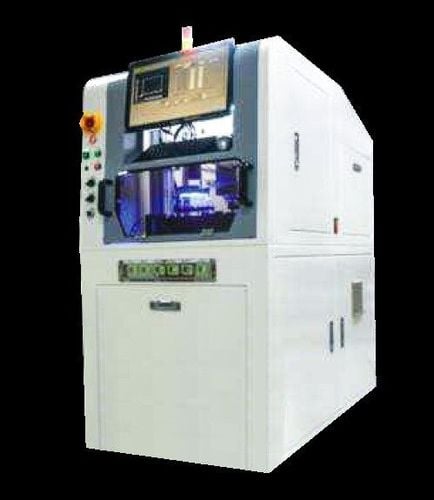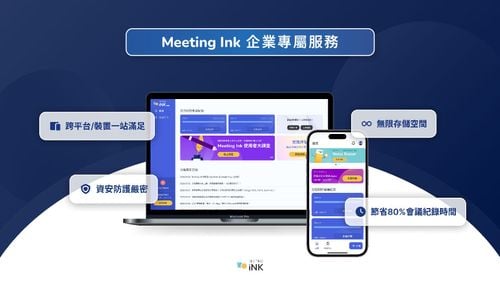【2022 Solutions】 Complete checkout in 1 second, Viscovery AI image recognition assists smart retail
Artificial intelligence (AI) has gradually changed the way various industries operate in recent years. However, most of the work is still done by humans, with AI playing a supporting role. This has led to emergence of the term "AI Copilot," which stands for "AI-driven tools or assistants" that aim to assist users in completing various tasks and improve productivity and efficiency.
The concept of AI Copilot comes from the role of "co-pilot". During flight, the co-pilot assists the main pilot in completing various tasks to ensure flight safety and efficiency. In fact, there have been signs of various "machines" beginning to play the role of "copilot" in different fields since the Industrial Revolution, assisting humans in completing heavy physical and repetitive tasks, greatly improving factory production efficiency, and driving rapid economic development.
Following the advancement of computing equipment and breakthroughs in machine learning, deep learning, and image recognition technologies, the concept of AI Copilot has gradually taken shape. The development of AI Copilot marks the transition from "machine-assisted to AI-assisted." Early robots could only complete preset repetitive tasks, but today's AI copilot can learn and adapt to new environments and tasks, and continuously optimize its performance in practical applications. This transformation not only changes human-machine interactions, but also has a profound impact on various industries.
The application scope of AI copilot covers various industries, including: finance, healthcare, manufacturing, education, retail, etc., and are everywhere to be seen.
Application of AI copilot in the retail industry: AI image recognition checkout
In the retail industry, the application of AI copilot has begun to show concrete results.
Take Viscovery's AI image recognition checkout system as an example. This system is a type of AI copilot model that helps store clerks speed up checkout or assists consumers in simplifying the self-service checkout process.
The store clerk needs to scan the product barcodes one by one in the regular checkout method. If a product does not have a barcode, such as: bread and meals, the clerk needs to first visually confirm the items, and then input them into the POS checkout system one by one. Based on actual measurements at a chain bakery, it takes 22 seconds for an experienced clerk from "visual recognition" to "entering product information of a plate of 6 items into the checkout system." New clerks may need even more time. In addition, according to a Japanese bakery operator, it takes 1 to 2 months to train employees to become familiar with products.
Now with AI image recognition technology, store clerks let AI handle the "product recognition" step, and AI will play the role of copilot, quickly identifying items within 1 second, speeding up checkout to save 50% of checkout time, and optimizing customers'shopping experience. The time cost of training employees to identify bread can also be effectively shortened.
Even for products with barcodes, AI can quickly identify multiple items in one second, which is more efficient than scanning barcodes one by one!
The self-checkout system "assisted" by AI image recognition allows consumers to successfully complete shopping without the help of store clerks, eliminating the trouble of swiping barcodes or searching for items on the screen, which improves the shopping experience. In a time when store clerks are hard to hire due to labor shortage, this also helps stores reduce operating costs.
▲ AI quickly identifies multiple checkout items in just one second (Source of image: Viscovery)
Recently, startups dedicated to developing AI image recognition checkout solutions have emerged in various countries. The most lightweight solution currently known is in Taiwan. It can be immediately used by installing a Viscovery lens and a tablet installed with Viscovery AI image recognition software at the checkout counter to connect to the store's existing POS checkout system.
There are various integration methods, including plug-and-play and API solutions integrated with the store's POS system.
▲ Viscovery AI image recognition system can be painlessly integrated with the store's existing POS system (Source of image: Viscovery)
Example of AI image recognition checkout
Currently, the Viscovery AI image recognition system is being used in bakery chains in Taiwan, Chinese noodle shops in Singapore, micromarkets in department stores in Sendai, Japan, and Japanese bakeries and cake shops. Over 7 million transactions were completed through this AI system, which identified more than 40 million items. These use cases demonstrate the extensive application of the Viscovery AI image recognition system in the retail industry. In the future, the company will continue to explore the various possibilities of using Vision AI in retail and catering.
▲ The Viscovery AI image recognition system is already being used in bakeries, cake shops, restaurants, and convenience stores in Japan, Singapore, and Taiwan (Source of image: Viscovery)


